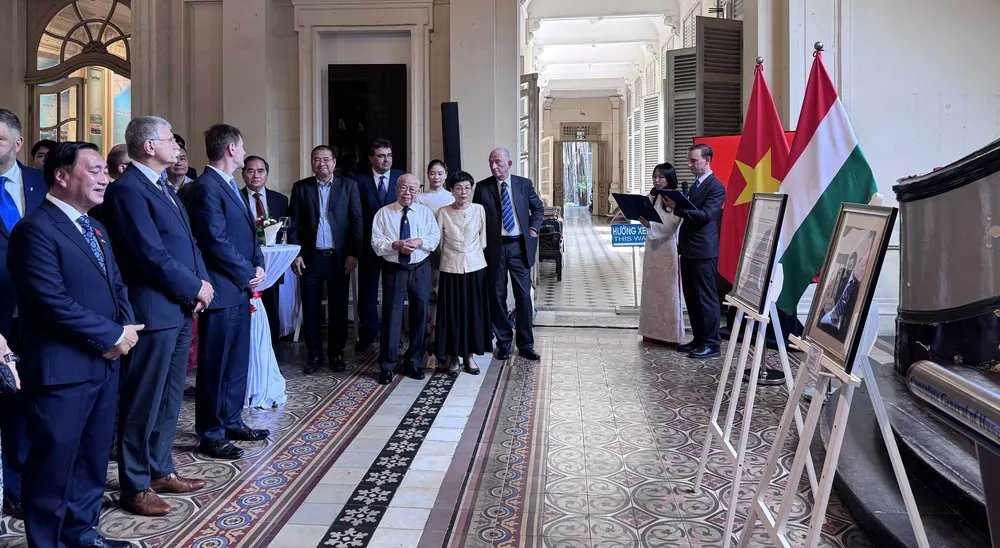
Attending the opening ceremony were comrades: Kover Laszlo, Chairman of the Hungarian National Assembly ; Pham Thanh Kien, member of the Standing Committee of the City Party Committee, Vice Chairman of the Ho Chi Minh City People's Council; Tibor Baloghdi, Ambassador of Hungary to Vietnam; Lehőcz Gábor, Consul General of Hungary in Ho Chi Minh City; Don Tuan Phong, Deputy Chairman of the National Defense, Security and Foreign Affairs Committee; Thai Quynh Mai Dung, member, full-time National Assembly delegate at the National Defense, Security and Foreign Affairs Committee of the National Assembly;...
The exhibition displays more than 20 black and white photos, through the lens of a Hungarian doctor and photographer, giving viewers the opportunity to go back in time, entering the ancient Saigon city - vibrant, elegant and charming - like a vivid chapter of history, connecting the past with the present, Vietnam with international friends.
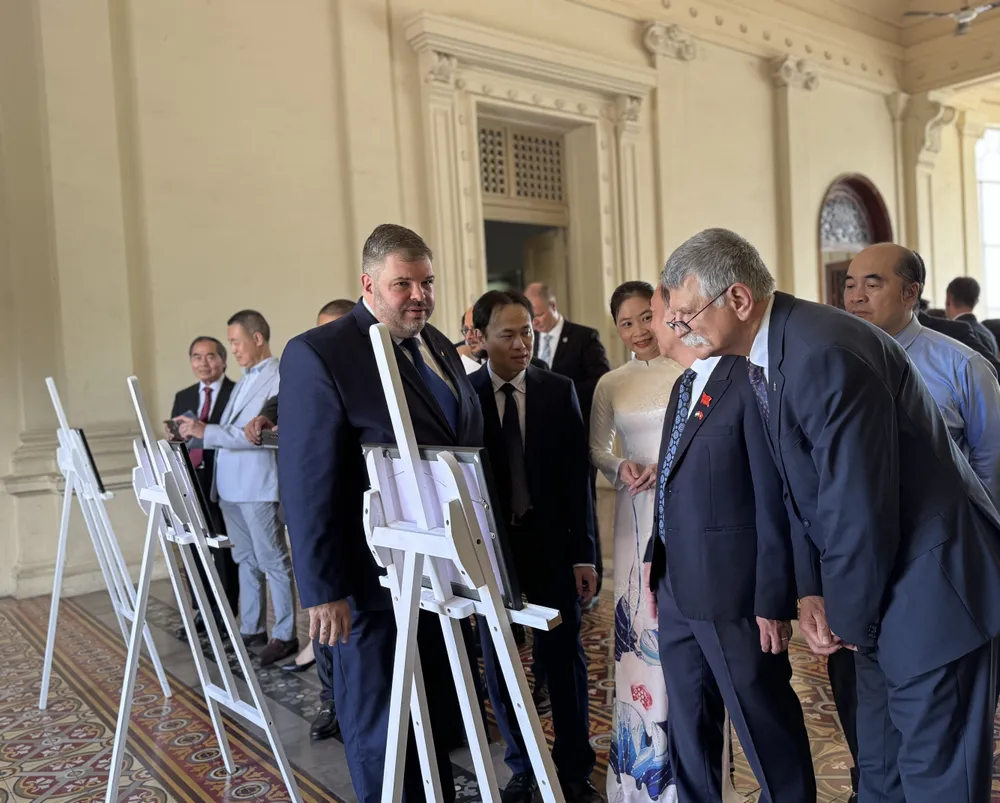
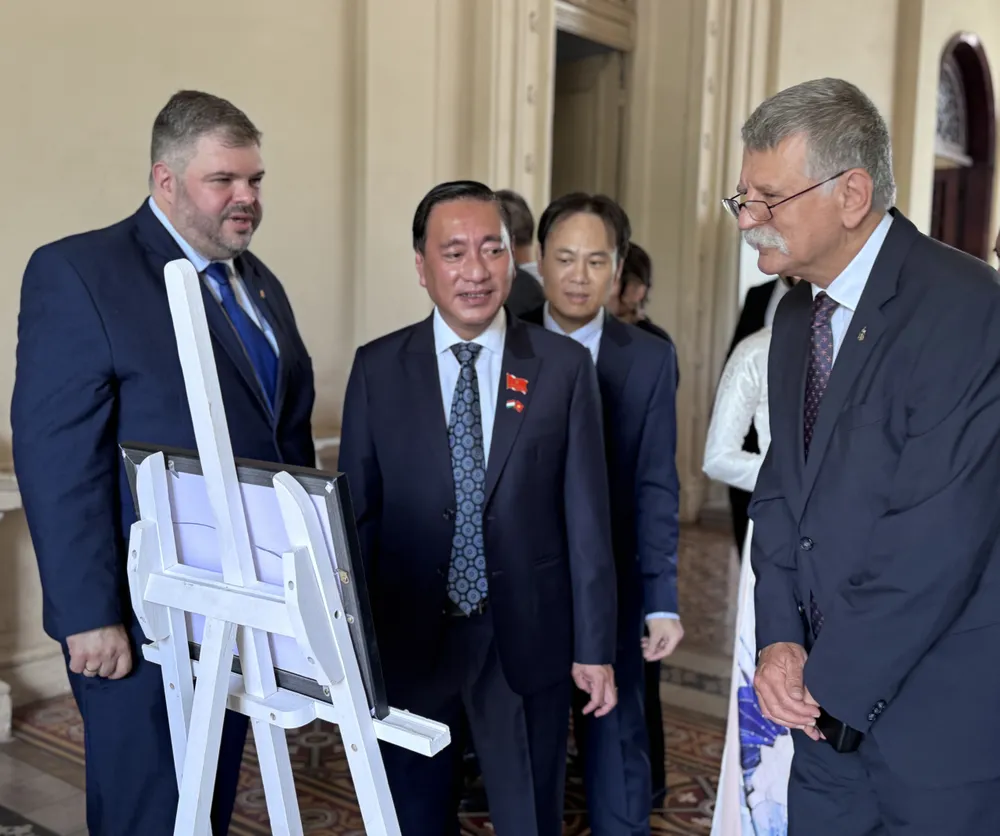
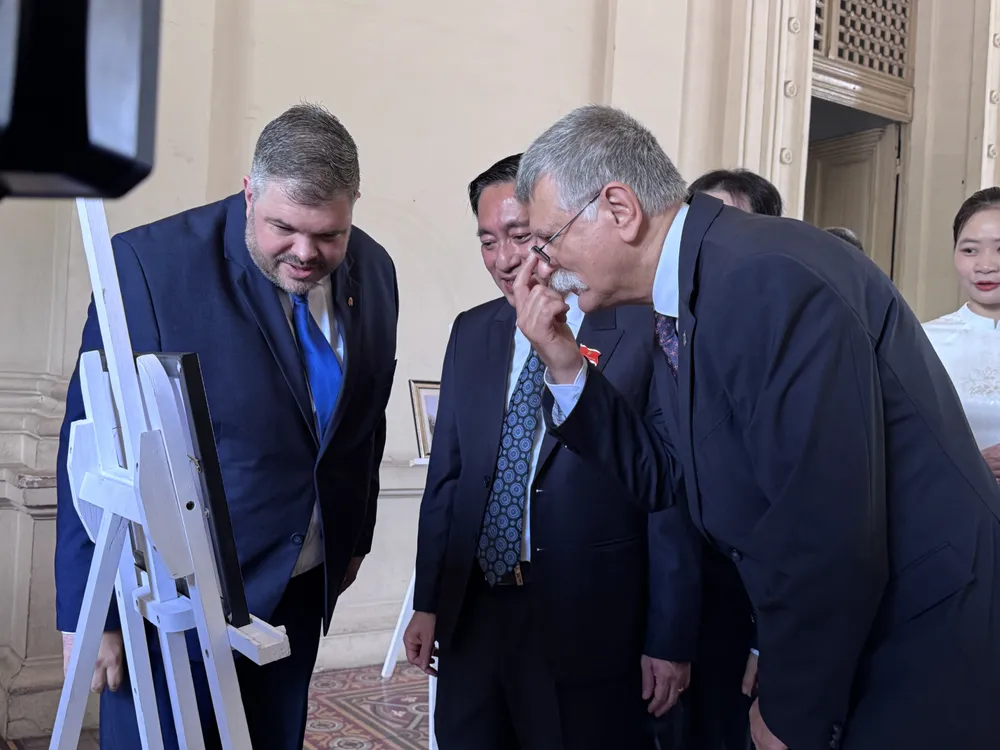
Viewers can recognize in the works many familiar structures that are still present today such as: Catinat Street (now Dong Khoi Street), Botanical Garden (now Saigon Zoo and Botanical Garden), City Theater, Saigon City Hall (now Ho Chi Minh City People's Committee)... In addition to taking photos, Bozóky also carefully recorded his travel diary, describing the circumstances of each photo so that Hungarians could better understand Vietnam - a country that he considered beautiful, peaceful and impressive.
The photographs presented in this exhibition are digital copies from the collection of the Budapest Museum of Fine Arts - Ferenc Hopp Museum of Asian Art.
Born in 1871 in Nagyvárad (now Romania) and died in 1957 in Budapest (Hungary), Bozóky was a doctor in the Austro-Hungarian Navy, as well as a traveler and photographer passionate about capturing the beauty of the Orient. During his 26-month voyage from 1907 to 1909, he passed through many Asian countries such as China, Korea, Japan and Vietnam – stops that left him with many deep impressions.
After leaving Hong Kong, the Austro-Hungarian crew sailed upstream on the Saigon River and arrived at the most vibrant economic and cultural center of Indochina at that time – Saigon. Here, Bozóky used his camera lens to capture many vivid and authentic moments of life, architecture and people in the colonial city at that time.
Source: https://www.sggp.org.vn/chu-tich-quoc-hoi-hungary-du-khai-mac-trien-lam-anh-do-thi-sai-gon-tphcm-dau-the-ky-20-post818834.html



![[Photo] Cat Ba - Green island paradise](/_next/image?url=https%3A%2F%2Fvphoto.vietnam.vn%2Fthumb%2F1200x675%2Fvietnam%2Fresource%2FIMAGE%2F2025%2F12%2F04%2F1764821844074_ndo_br_1-dcbthienduongxanh638-jpg.webp&w=3840&q=75)




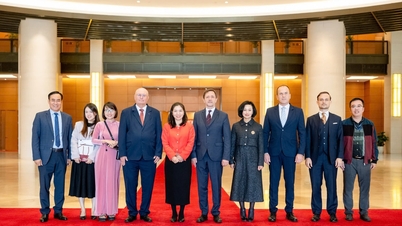

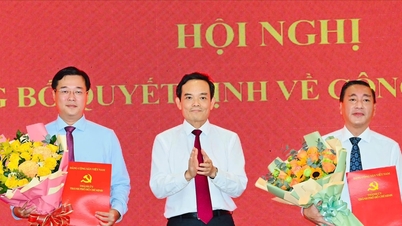
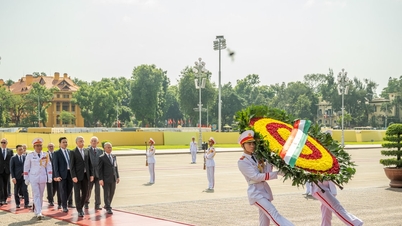
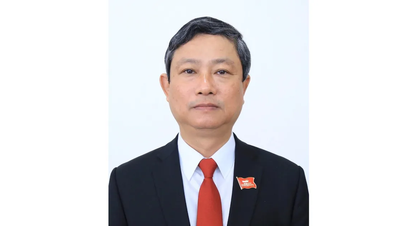

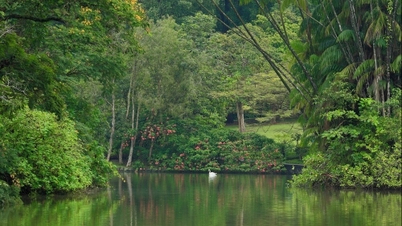


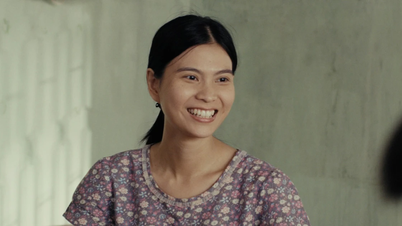

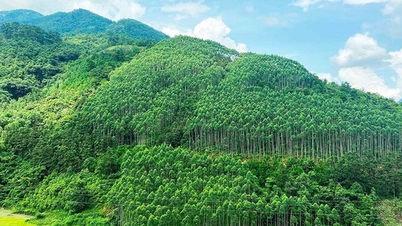

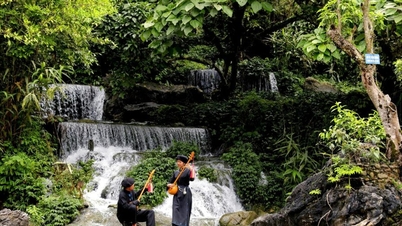

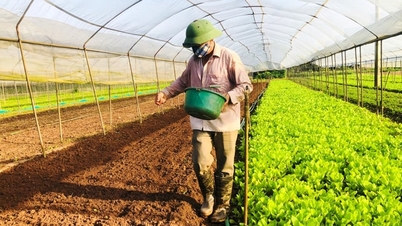
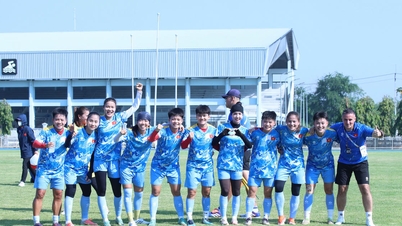





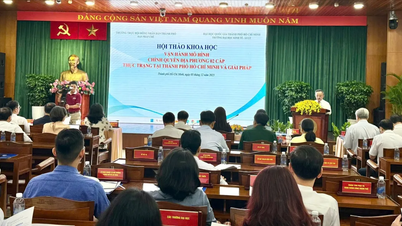
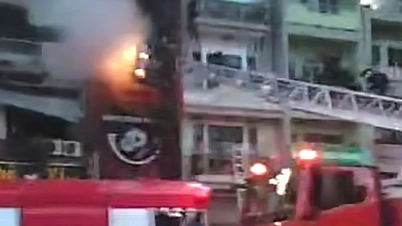
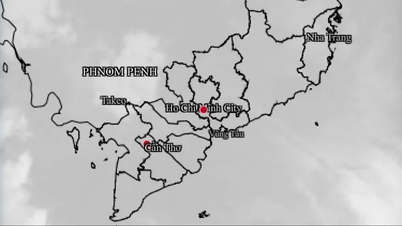
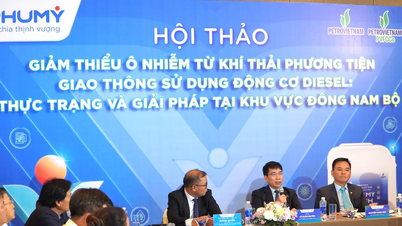


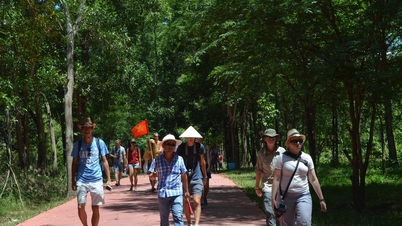

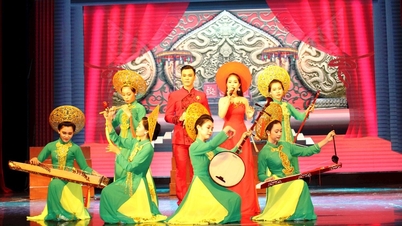

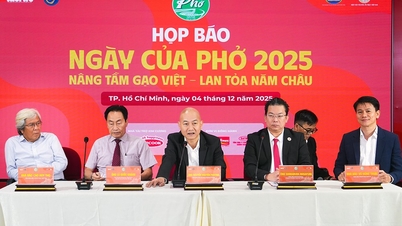
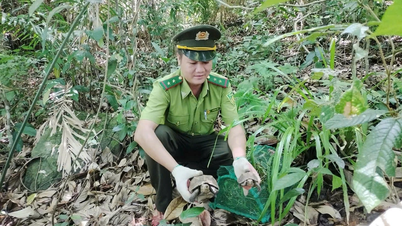
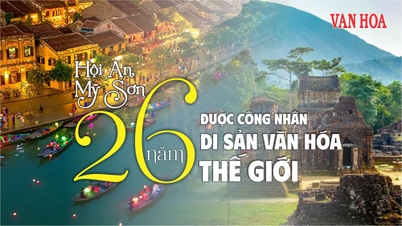
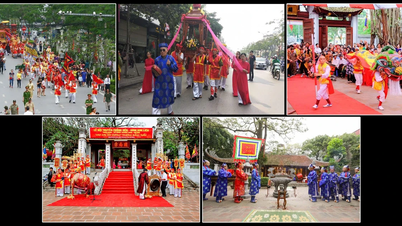

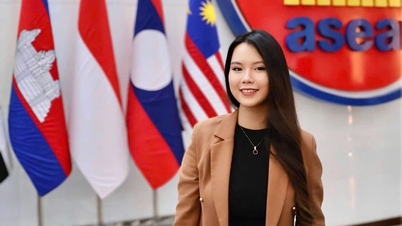


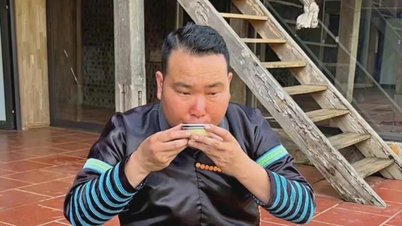









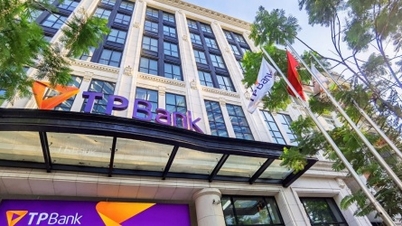





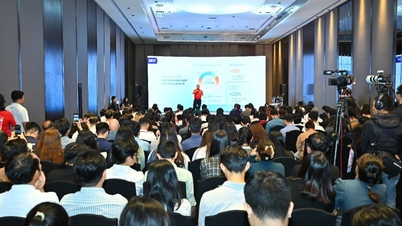













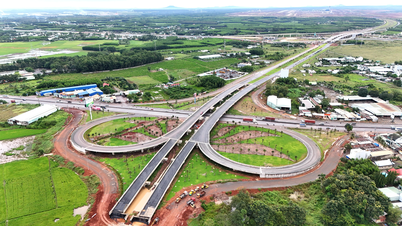

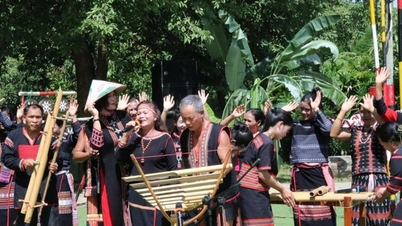



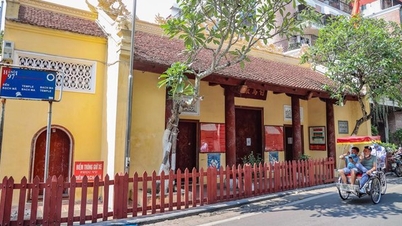
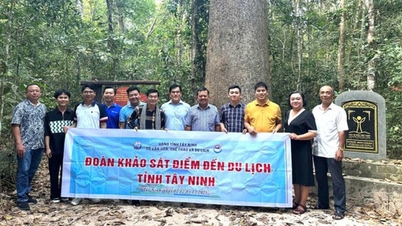
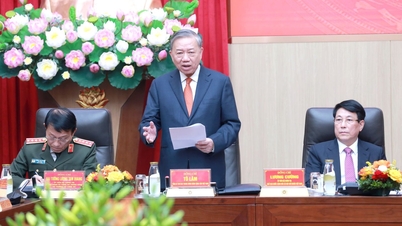

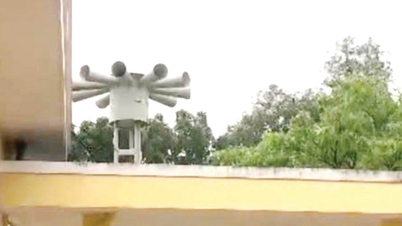

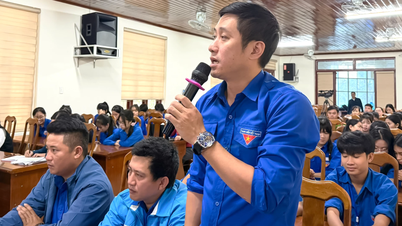
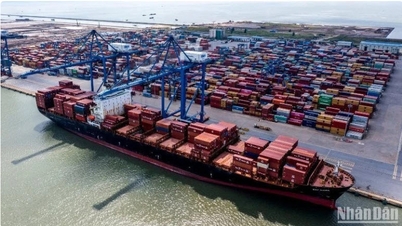



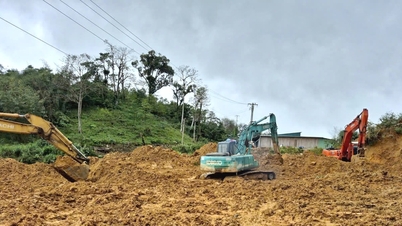









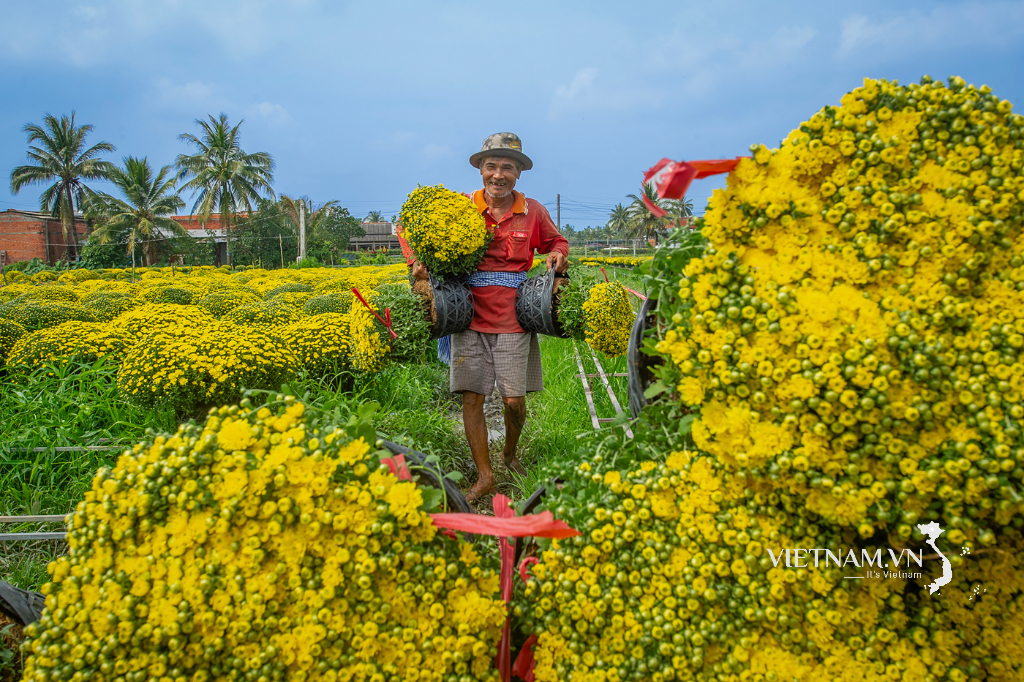
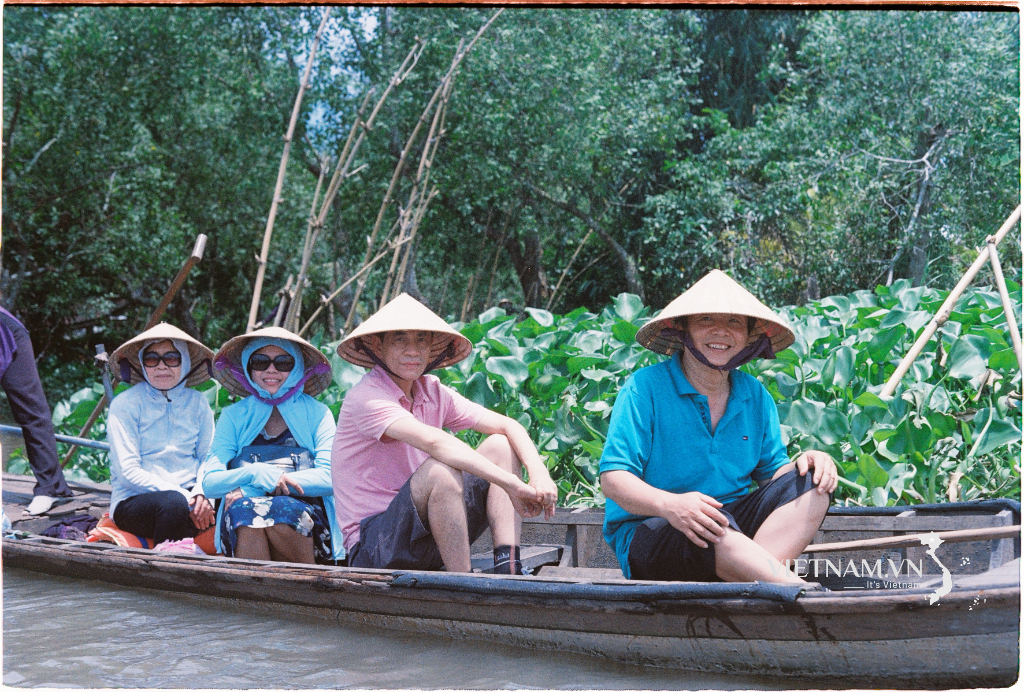

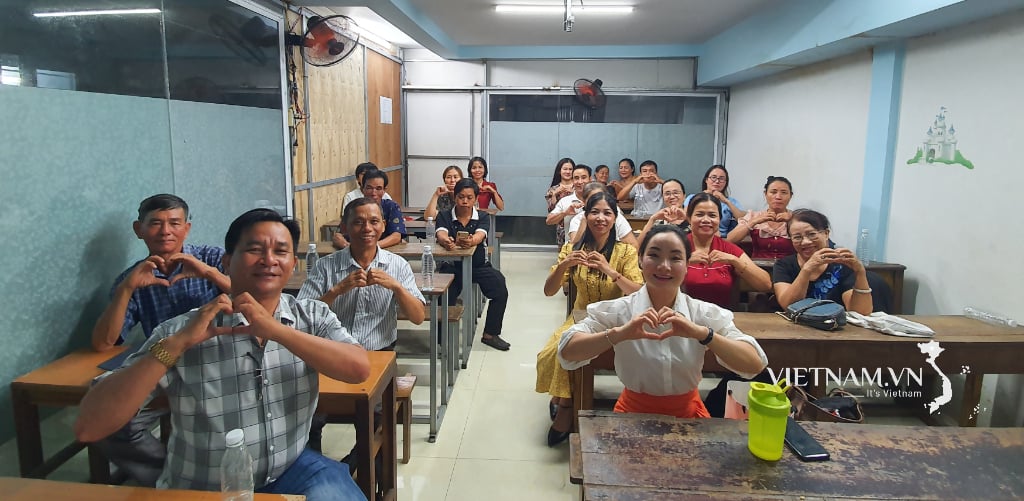
Comment (0)